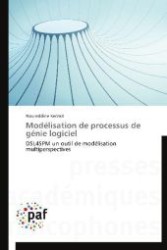- ホーム
- > 洋書
- > 英文書
- > Science / Mathematics
Full Description
The design and construction of the appropriate building envelope is one of the most effective ways for improving a building's thermal performance. Thermal Inertia in Energy Efficient Building Envelopes provides the optimal solutions, tools and methods for designing the energy efficient envelopes that will reduce energy consumption and achieve thermal comfort and low environmental impact.
Thermal Inertia in Energy Efficient Building Envelopes provides experimental data, technical solutions and methods for quantifying energy consumption and comfort levels, also considering dynamic strategies such as thermal inertia and natural ventilation. Several type of envelopes and their optimal solutions are covered, including retrofit of existing envelopes, new solutions, passive systems such as ventilated facades and solar walls. The discussion also considers various climates (mild or extreme) and seasons, building typology, mode of use of the internal environment, heating profiles and cross-ventilation
Contents
1. High thermal resistance versus high thermal capacity: The dilemma2. The envelope: A complex and dynamic problem3. Retrofit of existing envelopes4. New envelopes5. Passive envelopes6. Methods: Experimental surveys, analytic explorations and model reliability






